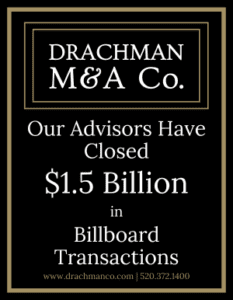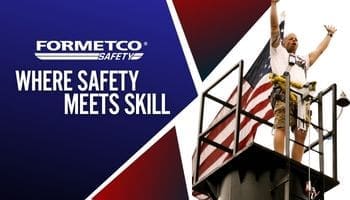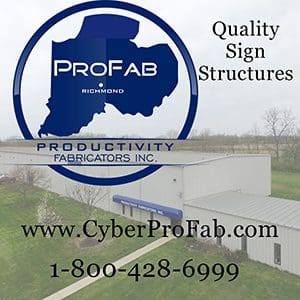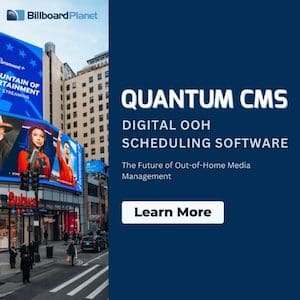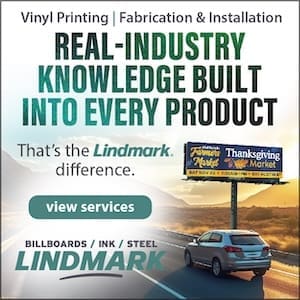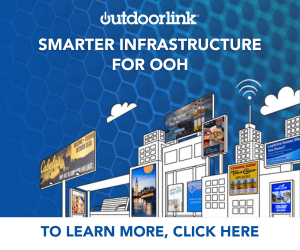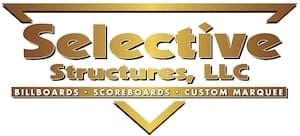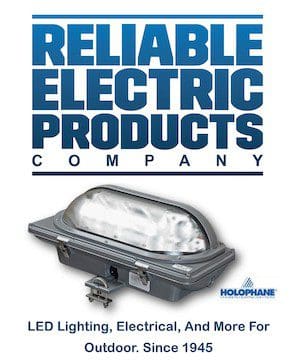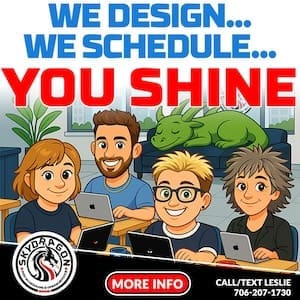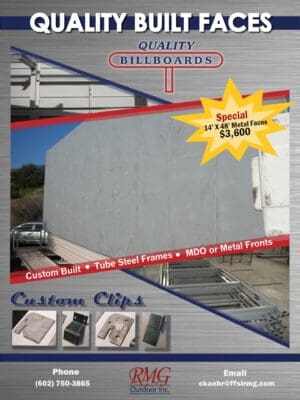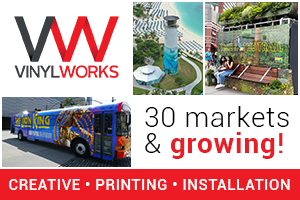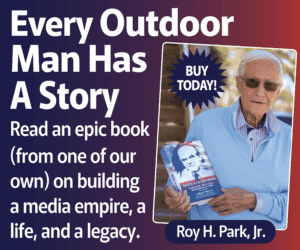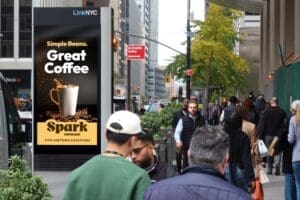

By David Burrick, Chief Strategy Officer, Intersection Co.
The quick serve restaurant (QSR) category is a staple of the out-of-home advertising industry. It’s hard to drive down any highway in America without seeing a billboard letting you know there is a local fast food restaurant coming up at the next exit. And this makes sense — drivers are focused on the road and often cannot search for places to eat when they are behind the wheel, so a well-placed billboard is an extremely effective marketing tool.
But what about in urban locations, where consumers have access to smartphones and are not stuck behind the wheel of a car? At Intersection, we do not have any roadside billboards – instead, all of our media is in the heart of America’s largest cities. As a result, we have faced some initial skepticism from QSR brands on investment in urban OOH formats like street furniture and transit media.
Luckily, we have collected a tremendous amount of positive data on the size of the QSR opportunity in cities, and the effectiveness of QSR advertising in urban locations. Below are some of our key findings:
The Urban QSR Market is Massive
New York City alone has over 600 Dunkin’ Donuts, 300 Starbucks, 200 Subways and 180 McDonald’s, according to the Center for an Urban Future. To put that into perspective, there are more Starbucks locations in the five boroughs of New York than there are statewide in 35 states.
Why are there so many QSR locations in big cities? Of course, it’s because of large populations in urban centers. But city dwellers also dine out more. According to large real estate firm CBRE, New Yorkers, for example, spend 130% more than the average consumer on restaurant and take-out food.
Any QSR chain that ignores marketing to the urban consumer is missing out on a large and valuable customer base.
Proximity Near Restaurants Work
QSR brands have the opportunity to replicate what they do with roadside billboards along an interstate in an urban environment. They just need to adapt the messaging to an urban setting.
In America’s largest cities, there are thousands of pieces of street furniture, including bus shelters and digital kiosks, in close proximity to restaurants and coffee shops. In every study we have done on a street furniture campaign with a QSR brand, we have seen meaningful uplift in foot traffic to stores when a restaurant advertises on units in a several-block radius of its retail locations.
In a recent campaign we ran with a large coffee brand on our LinkNYC digital kiosk network, we saw over 190% lift in foot traffic to stores when comparing audiences exposed to the campaign with a similar control group who did not see the ads. This lift in foot traffic was more pronounced on units in close proximity to a retail location – showing that street furniture can have the same impact as roadside billboards when it comes to directly impacting consumer behavior.
Moving Media Drives Results
While it may be intuitive that street furniture in close proximity to a QSR location drives improved foot traffic, what about advertising on moving media, like a bus, which isn’t consistently near a retail location? Our studies consistently show massive lift in performance.
In partnership with our measurement vendor StreetMetrics, we studied an advertising campaign for a large hamburger chain that ran on SEPTA buses in Philadelphia. The study showed a 152% lift in foot traffic to the advertiser’s retail locations when compared to consumers in Philadelphia who did not see the marketing campaign. Once again, the best performance came in retail locations that were along the bus routes where the QSR chain advertised. In those locations along bus routes, we saw foot traffic lift of up to 700% compared to a control group.
Reach and Frequency Both Matter
Our studies in this category highlight both the impact of reach and frequency.
In many campaigns, we are seeing that visitors show up at a retail location after only a handful of exposures. This would suggest that marketers should focus on reaching as many people as possible so that they can generate maximum foot traffic – particularly in a category like QSR that has broad appeal.
At the same time, we are seeing sustained lift in foot traffic from our QSR campaigns over multi-month campaigns. This would suggest that, in large urban environments, there are constantly new people being introduced to the ad campaign over a prolonged period of time. So while a single person may not need to see an advertisement many times in order to be convinced to visit a QSR location, given the nature of traffic flows within an urban area, the people exposed to your ad at the beginning of the campaign may not be the same people seeing the ad at the end of the campaign.
According to the OAAA, QSR was a Top 10 OOH advertising category in the first half of 2024, with many top category leaders expanding their marketing spend year-over-year. Our research suggests that these QSR brands should consider increasing their spend over time reaching urban consumers on street furniture and transit products, as campaigns for restaurants in major cities on these ad formats consistently lead to positive business outcomes.
To receive a free morning newsletter with each day’s Billboard insider articles email info@billboardinsider.com with the word “Subscribe” in the title. Our newsletter is free and we don’t sell our subscriber list.
Paid Advertisement




